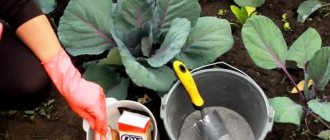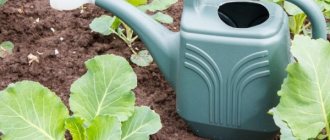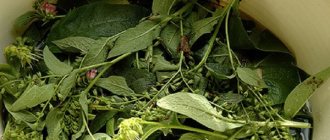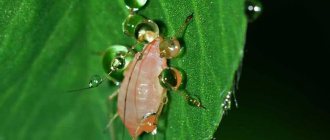What insects harm cabbage, principles of combating them
Every gardener who grows cabbage knows: cruciferous flea beetles are terrible for newly planted seedlings and young bushes. The cabbage fly also greatly harms them. As soon as the cabbage grows, white butterflies begin to circle over the beds. But this is during the day, and at night cabbage cutworms look for places to lay eggs.
Beautiful moths or butterflies that fly to the light seem harmless, but for the most part they are pests
There are also permanent residents on cabbage - naked slugs; they grow and develop in the garden bed throughout the warm season, and in the fall they even try to climb inside the heads of cabbage to lay eggs there. Some gardeners complain about aphids. To cope with all these parasites, you need:
- Study the habits of pests, which are quite primitive.
- Choose effective means of prevention and control.
- Apply these remedies in a timely manner.
To process cabbage you will need: a sprayer and good preparations, but there are many ways to do without them
At the very beginning of the fight against any pests, you need to understand that there are systemic and contact drugs. Systemic ones are absorbed by the plant and carried with its juices to all parts, including even the root. The pests will die as soon as they start feeding on the treated cabbage. Contact ones kill by contacting the insect directly; the plant itself does not become poisonous. This group includes folk remedies. To many they seem ineffective, which is logical, because it is impossible to spray literally every flea, caterpillar or egg.
The recipes that gardeners share among themselves are best used as prevention. Namely, this is where you should start, without waiting for a problem to arise. If it didn’t work out, the deadlines were missed, insects have already settled on the cabbage and are actively eating it, then proceed to extreme measures - treatment with systemic insecticides.











